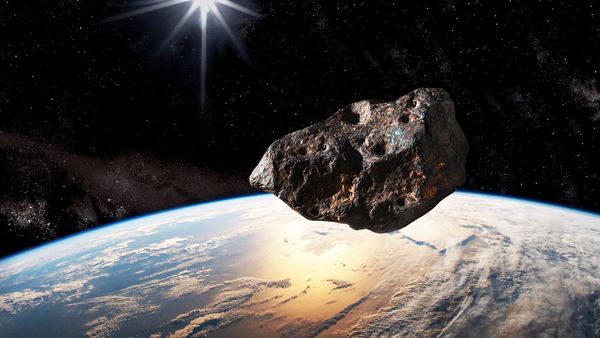You've seen it plenty of times on the big screen: Scientists spot an enormous asteroid hurtling toward Earth and the only hope for mankind is to send a team to plant a nuclear bomb inside the looming monster. Despite several suspenseful setbacks, the intrepid team is ultimately successful, and the asteroid explodes into millions of pieces. Earth is saved yet again from certain doom. Yahoo. Movies like "Deep Impact" and "Armageddon" make it seem so easy. Surely nuclear weapons that can obliterate entire cities contain enough destructive power to blow a giant space rock to bits, right?
The answer is yes and no. To start with, asteroids come in all shapes and sizes. Ceres, the largest known asteroid, stretches 580 miles (933 kilometers) in diameter, while one of the smallest on record, 1991 BA, measures 20 feet (6 meters) across. An asteroid larger than 6.2 miles (10 kilometers) in diameter is considered "extinction class," or powerful enough to destroy life on Earth if it collides with our hapless planet [source: NASA].
Advertisement
Technically, a nuclear bomb could obliterate a smaller asteroid, but it's not these smaller entities that pose a threat to Earth's safety. The asteroids that would be really worrisome -- those larger than 1,312 feet (400 meters) -- wouldn't be easily wiped out by such a bomb. Sure, great hunks of one might break off, but not enough to neutralize the danger. A 2007 NASA report indicated that planting a nuclear bomb on or under the surface of an asteroid would most likely cause it to fracture into several pieces -- and large pieces of an even larger asteroid can still be pretty dangerous if they're hurtling toward the Earth [source: NASA].
So while yes, a nuclear bomb could be used to blow up a small asteroid, it's unlikely that world leaders would waste expensive resources on that endeavor. As for large, Earth-threatening asteroids, a nuke likely wouldn't succeed at blowing it up completely.
Keep reading to learn whether NASA thinks the whole explosive business is a good idea.
Advertisement

